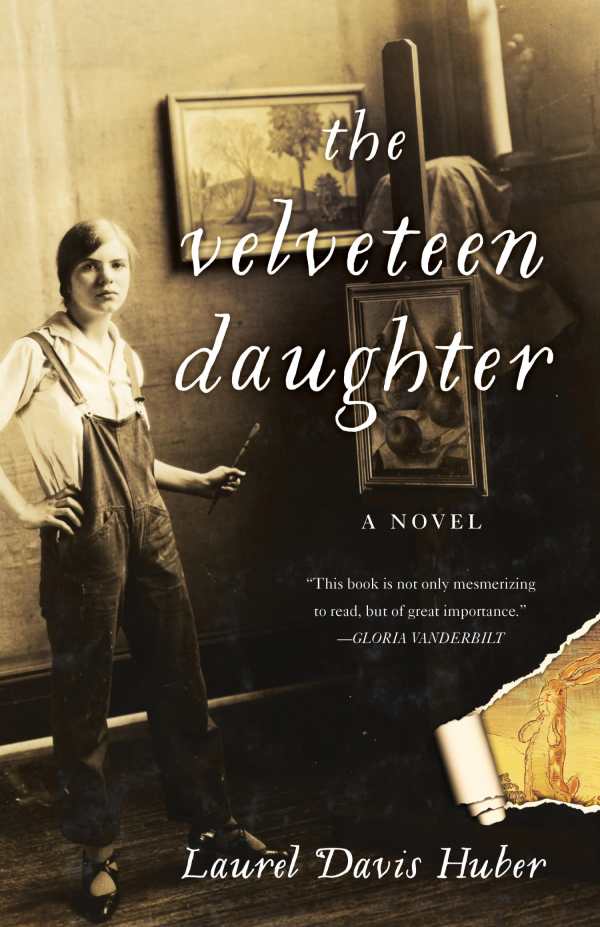The Velveteen Daughter
“You become. It takes a long time. That’s why it doesn’t happen often to people who break easily, or have sharp edges, or who have to be carefully kept,” explains the Skin Horse in the children’s story The Velveteen Rabbit. Using this and other historical documents, Laurel Davis Huber’s The Velveteen Daughter explores the relationship between Margery Williams, author of The Velveteen Rabbit, and her daughter, Pamela Bianco, a now-forgotten artistic prodigy.
Alternating between passages narrated by Margery and Pamela, the novel begins in Pamela’s childhood as she’s poised on the brink of discovery and a precipitous rise to international artistic fame and chronicles their extraordinary family across several countries and decades. At the center of the family’s world is Francesco, Margery’s husband and Pamela’s father, a man who uses his family’s talent for his own ambitions. And both Margery and Pamela adore him. In service to their adoration, neither is as forthright as she could be with the other, both swallowing their own needs and, to some degree, performing for Francesco.
Margery, a woman who’s defined by her acumen with language, supports but cannot name or completely cope with the mental-health challenges of her family, whether it’s those of her child-prodigy daughter or her beloved, mercurial spouse. Meanwhile, Pamela chases her genius in order to please the family while struggling to define the difference between herself, her personal struggles, her career, and her artistry. Amidst all that goes unsaid, Huber reveals decades of a complex, persistent love that’s equal parts great strength and besetting weakness.
This is not a mother-daughter story about villains and victims; these women move through each other’s lives like sun and moon, both illuminated and shadowed by the other. Huber’s richly textured language is a wonder to behold, her prose every bit as luminous, inspired, and wise as either Bianco’s or Williams’s own work.
Reviewed by
Letitia Montgomery-Rodgers
Disclosure: This article is not an endorsement, but a review. The publisher of this book provided free copies of the book to have their book reviewed by a professional reviewer. No fee was paid by the publisher for this review. Foreword Reviews only recommends books that we love. Foreword Magazine, Inc. is disclosing this in accordance with the Federal Trade Commission’s 16 CFR, Part 255.

